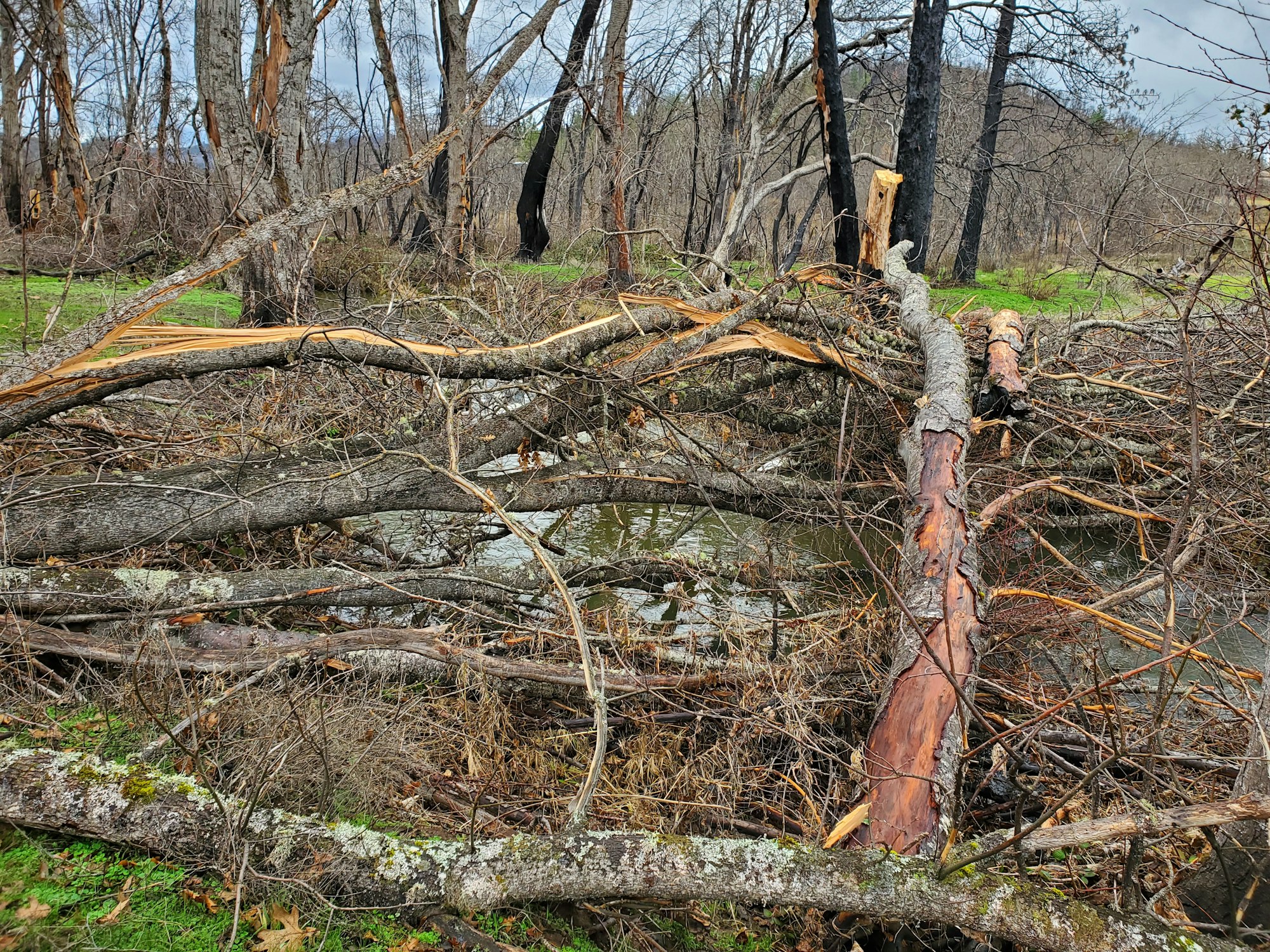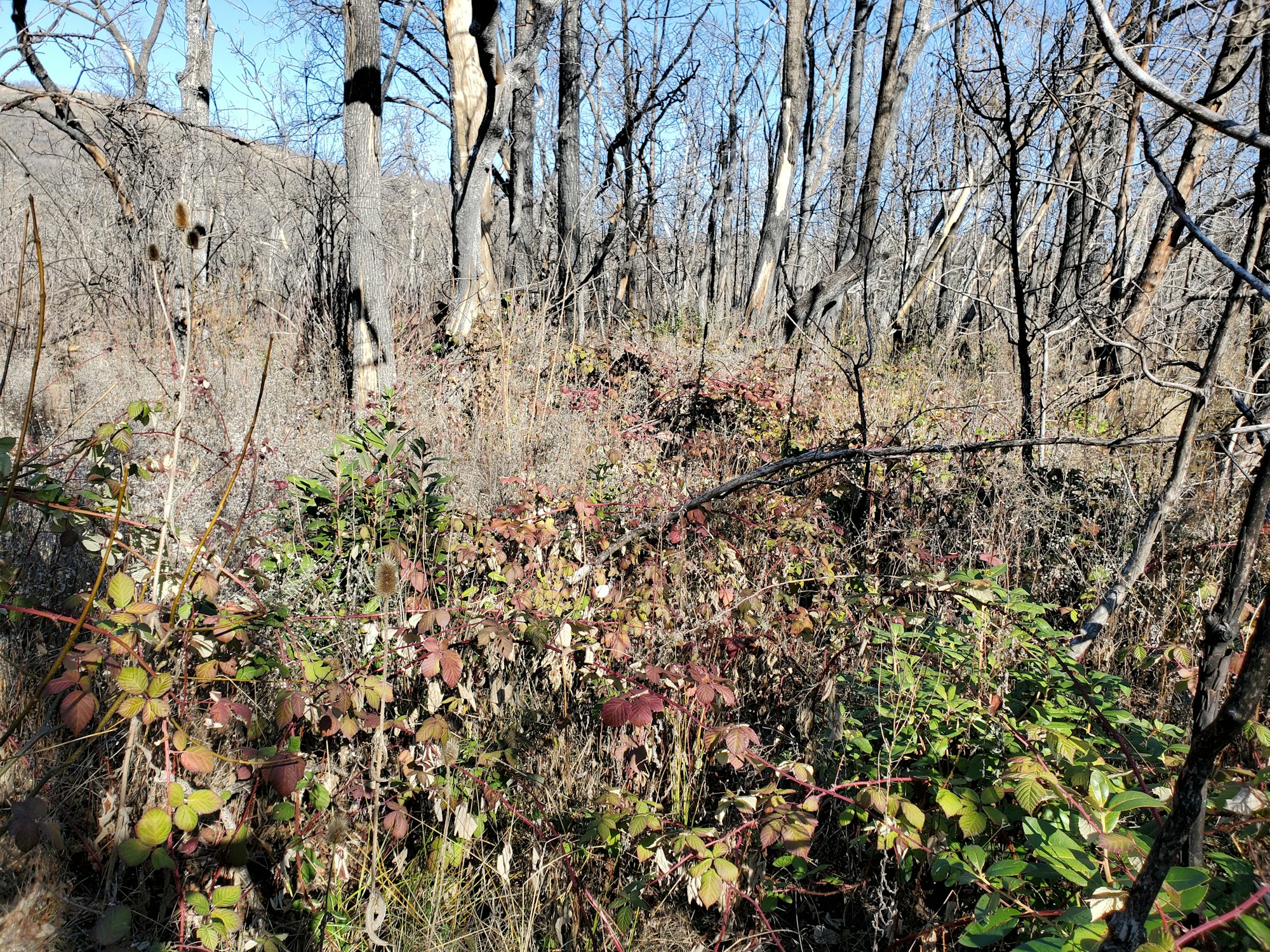South Obenchain Fire Restoration (OWEB)
South Obenchain Fire Restoration (OWEB)
Location: Sections of Reese Creek impacted by the South Obenchain Fire
Partners: OWEB, ODF
Following the South Obenchain Fire, Jackson Soil and Water Conservation District continues to support private landowners in the Reese Creek Watershed—a geographic focus area due to its importance for threatened and endangered fish species and its role in downstream water quality.
Building on earlier recovery efforts, this project focuses on restoring riparian habitat and improving watershed resilience through:

- Invasive species control, targeting Himalayan blackberry
- Native plant restoration, including reseeding and replanting native trees, shrubs, and forbs
- Livestock exclusion fencing and alternative watering systems to protect sensitive streamside areas
Project Highlights to Date:
- 7 properties and 267 acres treated
- 12 additional properties and 482 acres scheduled for treatment in 2025
- Potential to reach 830 acres total, pending cultural resource review
- Over 50 acres of riparian habitat restored with 6,000+ native plants
- 2 miles of stream protected with 8,000 feet of exclusion fencing
- Annual site monitoring in progress for long-term project success
Ongoing Work & Monitoring
The OWEB funded portion of this project ended in May, but thanks to the inclusion of this work in some funding Meghan secured from ODF, we have funding for additional invasive species treatments on some of the largest and highest priority properties in the project. Funding may only last an additional year, but for one 9 acre property that joined the program late, this additional year provided critical invasive species work to stay on top of our initial investment before turning the project over the landowners for stewardship.
JSWCD monitors the site annually for five years, tracking plant survival, stem density, and fencing condition to support long-term project success.

